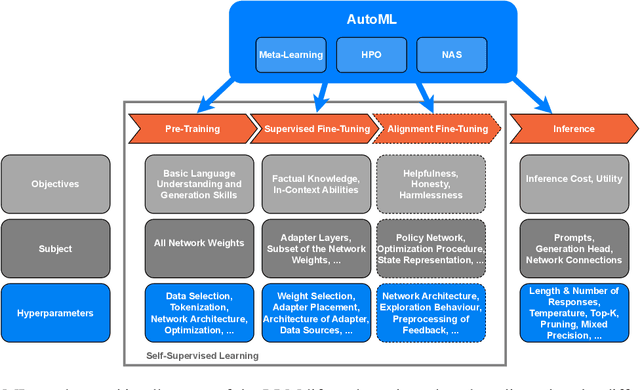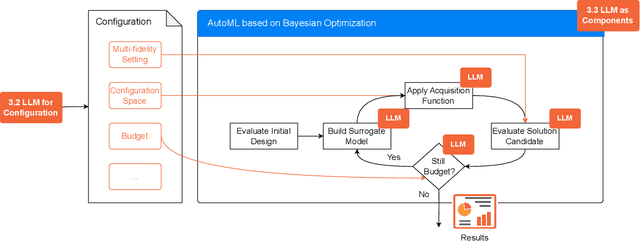Daphne Theodorakopoulos
Hyperparameter Importance Analysis for Multi-Objective AutoML
May 15, 2024



Abstract:Hyperparameter optimization plays a pivotal role in enhancing the predictive performance and generalization capabilities of ML models. However, in many applications, we do not only care about predictive performance but also about objectives such as inference time, memory, or energy consumption. In such MOO scenarios, determining the importance of hyperparameters poses a significant challenge due to the complex interplay between the conflicting objectives. In this paper, we propose the first method for assessing the importance of hyperparameters in the context of multi-objective hyperparameter optimization. Our approach leverages surrogate-based hyperparameter importance (HPI) measures, i.e. fANOVA and ablation paths, to provide insights into the impact of hyperparameters on the optimization objectives. Specifically, we compute the a-priori scalarization of the objectives and determine the importance of the hyperparameters for different objective tradeoffs. Through extensive empirical evaluations on diverse benchmark datasets with three different objectives paired with accuracy, namely time, demographic parity, and energy consumption, we demonstrate the effectiveness and robustness of our proposed method. Our findings not only offer valuable guidance for hyperparameter tuning in MOO tasks but also contribute to advancing the understanding of HPI in complex optimization scenarios.
AutoML in the Age of Large Language Models: Current Challenges, Future Opportunities and Risks
Jun 13, 2023


Abstract:The fields of both Natural Language Processing (NLP) and Automated Machine Learning (AutoML) have achieved remarkable results over the past years. In NLP, especially Large Language Models (LLMs) have experienced a rapid series of breakthroughs very recently. We envision that the two fields can radically push the boundaries of each other through tight integration. To showcase this vision, we explore the potential of a symbiotic relationship between AutoML and LLMs, shedding light on how they can benefit each other. In particular, we investigate both the opportunities to enhance AutoML approaches with LLMs from different perspectives and the challenges of leveraging AutoML to further improve LLMs. To this end, we survey existing work, and we critically assess risks. We strongly believe that the integration of the two fields has the potential to disrupt both fields, NLP and AutoML. By highlighting conceivable synergies, but also risks, we aim to foster further exploration at the intersection of AutoML and LLMs.
 Add to Chrome
Add to Chrome Add to Firefox
Add to Firefox Add to Edge
Add to Edge